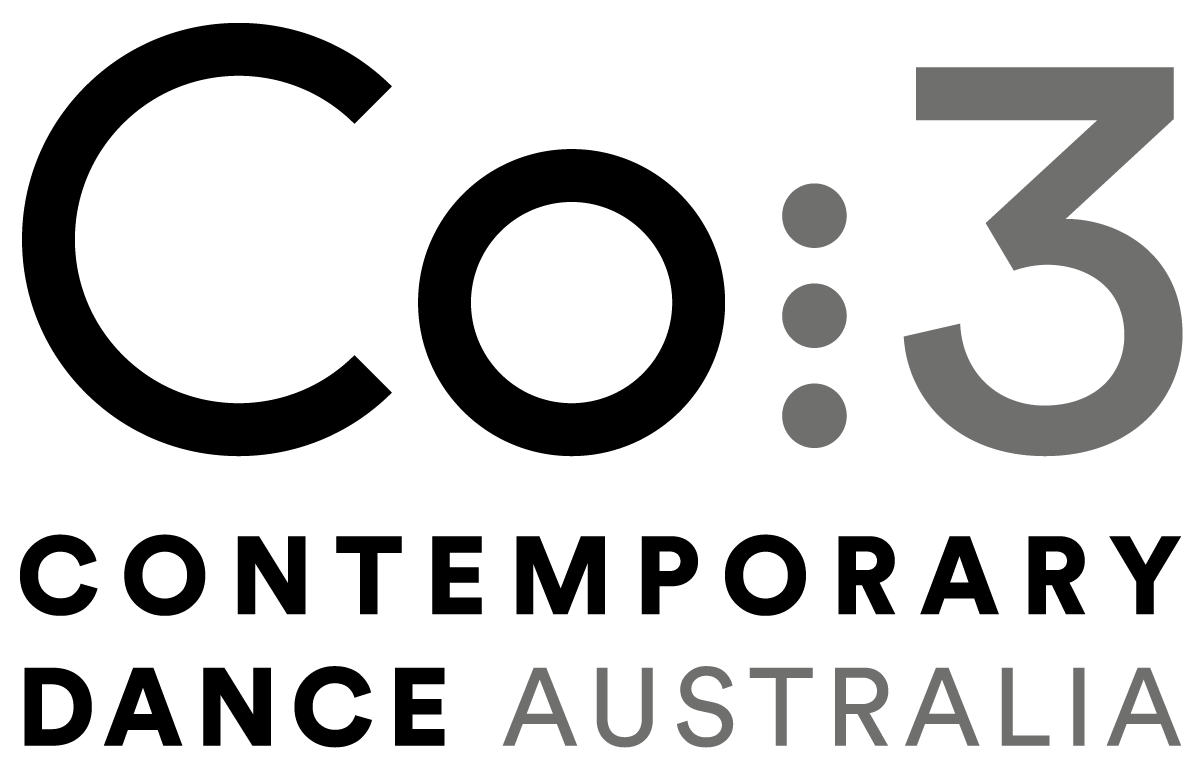The Farm in collaboration with Co3 Contemporary Dance: Frank Enstein Review
Margaret Mercer, Dance Australia
Mary Shelley’s legendary gothic novel Frankenstein was published on January 1 1818, and written when Shelley was still in her teens. This work provided inspiration for Gold Coast-based collective The Farm and West Australian contemporary dance company Co3 Contemporary Dance’s collaborative production Frank Enstein, created especially for young audiences. It may seem a challenging source and starting point, but this production, while staying true to the novel’s significant themes, finds joy, humour and contemporary relevance in an imaginative, 60 minute, highly-theatrical tale of isolation, difference, inclusion, love and self-acceptance.
Frank Enstein was first performed in Perth in 2017 and this is a revised version of the original production. The Heath Ledger Theatre is a much larger space than Studio Underground where it was last seen, and it facilitates enhanced lighting and stage effects as well as plenty of stage space for the five performers, two of whom are newcomers and three – Andrew Searle, Talitha Maslin and Zachary Lopez – reprising their roles from the 2017 production.
Within black stage surrounds on an open stage, set and costume designs by Vilma Mattila reveal Frank’s “interior” space with a large framed structure occupying centre-stage with illuminated signs “Laboratory”, “Work”, “Romance”, “Party”, a chandelier, pendant lights, a long, clinical-looking metal table, and a cage of loose ‘limbs’. Small “exterior” grassed areas are set across the front of the stage and down-stage left. Mattila’s excellent costume designs range from mildly nerdy teenage wear, to basic monster wear, and an eye-catching, binary-gendered costume and make-up for Lopez’s character.
The brilliant recorded sound and music design by James Brown (additional sound by Laurie Sinagra) with segments of romantic, melodic old songs, pop, disco and rock together with multiple sound effects including thunder and lightning, heavy rain, zapping electrical sparks, mechanical creaks, doorbells, and lapping water is paramount to the production’s zany style. Mark Howett’s skilful lighting adds to this, and he includes sudden blackouts, which swiftly switch scenes and propel the narrative.
Frank is played by sixteen-year-old William Rees, and fifteen-year-old Luci Young is cast as his young neighbour Liz, who Frank has eyed shyly from afar. Wearing a party hat and alone, Liz sits on the grass on a picnic rug, throwing glitter, pretending to play a blow-up guitar, and dancing and cavorting about to the song “Sway” on her ghetto blaster; a slightly gawky teenager trying to have fun by herself and failing.
Rees, who has brachial plexus injury restricting the use of his left arm, was a lanky, charismatic, lively yet vulnerable Frank, a lonely young man with a disability and a vivid imagination who feels isolated and craves companionship even if he has to invent it himself.
Searle, Maslin and Lopez are the “monsters” Frank appears to create and bring to life one by one, and all three are extraordinary movers and performers. Searle was powerful, graceful and lithe, and he shares a beautiful moment with young Frank in an exploration of the difference in their arms. Maslin’s monster is created by Frank as a replica of Liz in a matching long, green dress and wig, and Maslin’s reptilian contortions and writhing, launching her hyper-mobile body off the table and onto and around the floor were astonishing. Lopez was hilarious as an extroverted, scene stealing half man/half woman monster with an amazing vibrating tongue and riotously creative use of a vacuum cleaner.
In a charming finale Frank, though initially delighted with his monster friends, is dismayed as they rum amok. As his and Liz’s friendship blossoms and a chaste kiss is exchanged, the two float away literally and metaphorically as his monsters party on.

